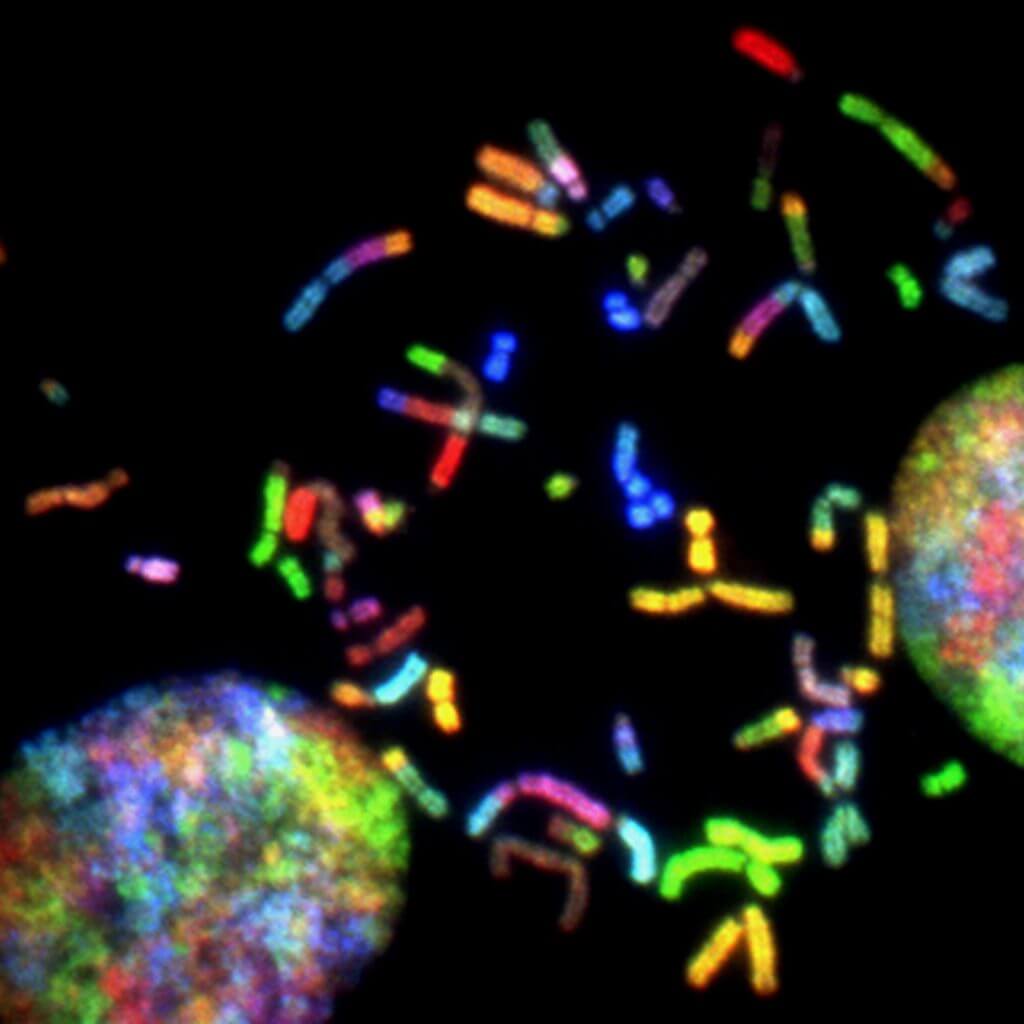Big business for big pharma
Gene therapy has the ability to dramatically transform the inherited diseases’ space and it is no surprise that several pharma companies and a large number of academic institutions are actively interested in this area, including a large number of spin-outs coming from such institutions.
Indicative to the increased interest in gene therapy is the fact that in 2019 there were 341 gene therapy trials initiated by a US entity, with 135 of them led by pharma/biotech companies. The remaining 206 were sponsored by hospitals, universities and the National Institute of Health. However, the number of trials that these bodies were involved in is even bigger (280+), as many clinical trials from pharma companies had multiple funders.
The timing seems to be right, however, and top pharma companies are re-evaluating their views towards gene therapy. As a result, an expansion of their pipelines is to be expected, especially after several of them acquired smaller companies or spin-outs, bringing gene editing and gene transfer expertise in-house. For example, Bayer acquired Asklepios BioPharmaceutical, Novartis purchased Vedere Bio, Roche agreed with Dyno Therapeutics to use their CapsidMap™ platform, Pfizer invested in Homology Medicines’ gene therapy for adults with phenylketonuria and Biogen is developing and commercializing gene regulation therapy candidates with Sangamo Therapeutics.
Big challenges for big pharma
Gene therapy trials, however, come with their own risks. Unwanted deaths can occur, as happened with a 5-year old girl in a Lysogene’s Phase II/III trial in October 2020. Audentes Therapeutics (acquired by Astellas), also announced that three patients in its X-linked myotubular myopathy Phase I/II trial high-dose cohort died in Q2 2020. This increased unpredictability of death events or severe side-effects poses both a challenge and a constant threat to pharma companies.
Guangping Gao, a Professor in Biomedical Research at the University of Massachusetts Medical School, stated “That is definitely a wake-up call for the field to really consider dose escalations more carefully, and to put much more emphasis on CMC than simply making treatments with higher potencies”.
On the positive side, the gene therapy landscape did not suffer any severe setbacks due to those recent deaths. On the contrary, financing for new trials keeps increasing year after year with funds being tripled over the last couple of years. As an example, there was a 114% increase in funding between January and September 2020. As a result of this, clinical trial numbers were also increased by ~4% from Q2 to Q3 2020 (from 359 to 373).
The future is bright
Hospitals and academic institutions have spent a significant amount of time and resources in developing gene therapies and running associated trials and as a result, there is now considerable knowledge and expertise held by these entities. This, coupled with advancements in gene editing and transfer technology, has reduced the risk of a candidate therapy failing at a late stage, which in turn made pharma companies keen to rush back into the space.
With a large number of gene therapies close to filing (i.e. Biogen-acquired Nightstar’s NSR-REP1 and NSR-RPGR for retinal disease) or already under regulatory review (i.e. BMS’ idecabtagene vicleucel for R/R multiple myeloma), the promise of market revenue seems closer and more secure than ever. Since the nature of gene therapy is being highly personalized to the needs of each patient and ideally a one-off treatment, a whole new treatment pricing category is being created before our very eyes. As opposed to the low prices of conventional drugs, which gradually build up revenue based on their long-term use by the patients, gene therapies come with high upfront prices. As an example, to realize the market potential of its gene therapy, Spark Therapeutics (acquired by Roche), achieved approval for a treatment for inherited vision loss (Luxturna) with a price of $425K per eye in the US, a little over £300K in the UK and around €345K in the EU. Avexis’ Zolgensma was approved for motor neuron disease and is sold for $2.1M in the US and around €1.9M in the EU.
There is enough space for both big pharma and start-ups in this next-generation gene therapy landscape. As multiple gene therapy treatments are about to be approved and followed up by pipelines filled with new tech and an increasing flow of funding, investment in the gene therapy space looks more appealing than ever.
#genetherapy #celltherapy #CGT #investment #pharma #biotech #startups
Sources
Seven Biopharma Trends to Watch in 2021
Big pharma shied away from gene therapy for years. Academia picked up the slack
After years of potential, cell and gene therapy is ready for the pharmaceutical mainstream
